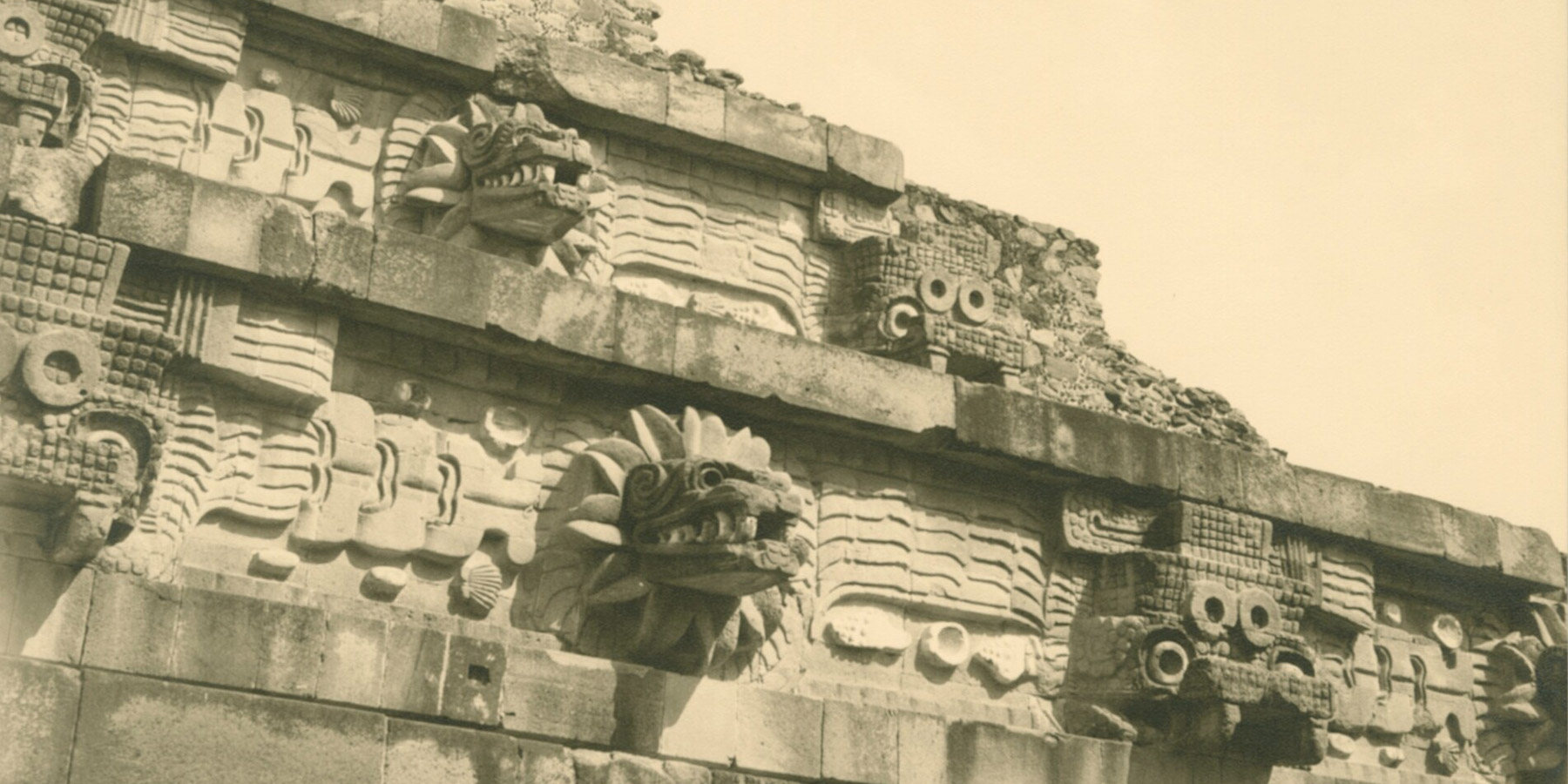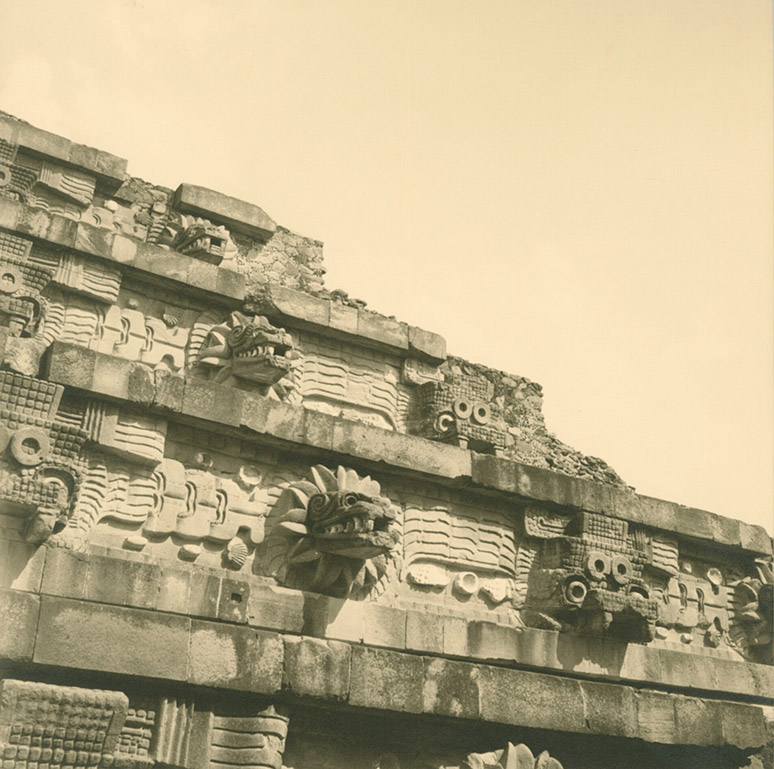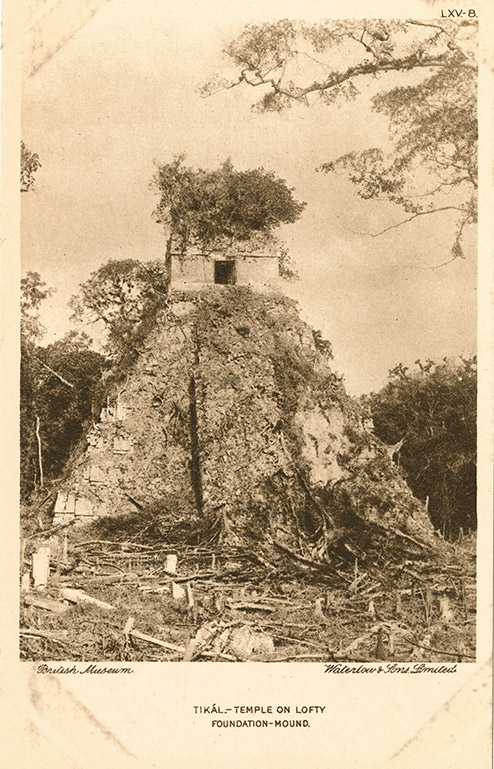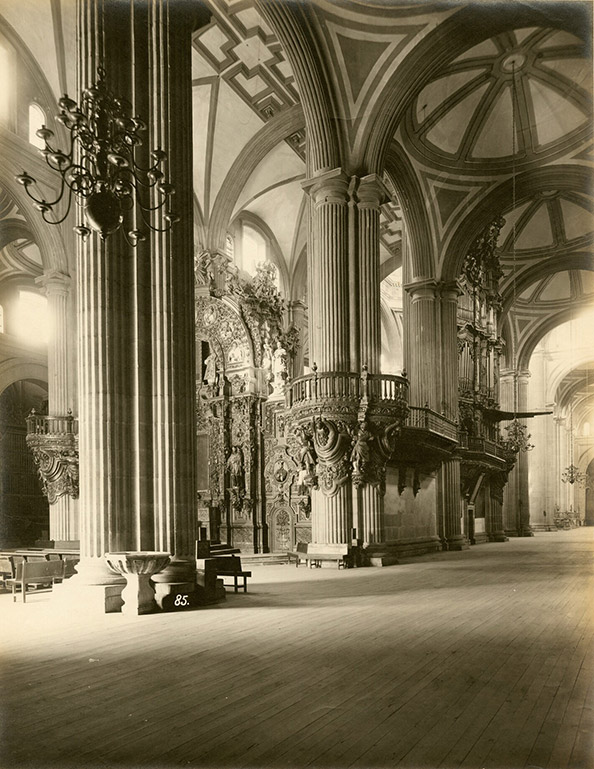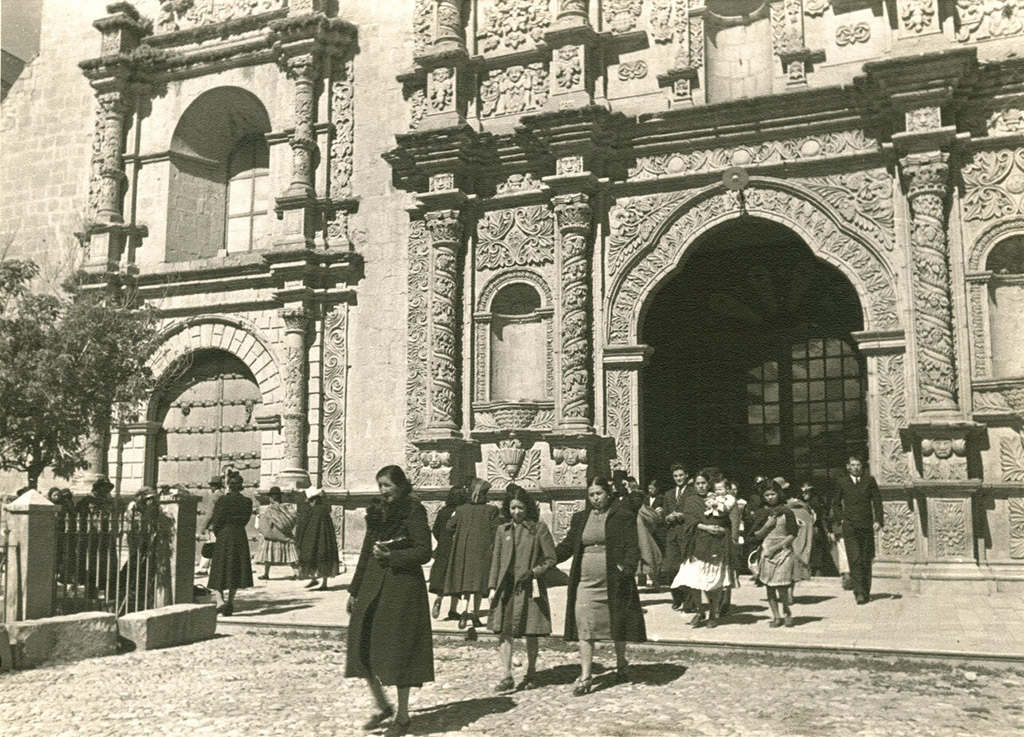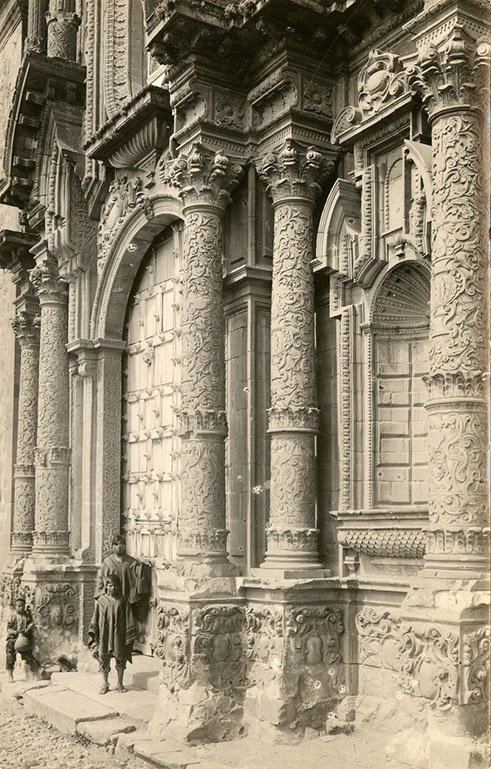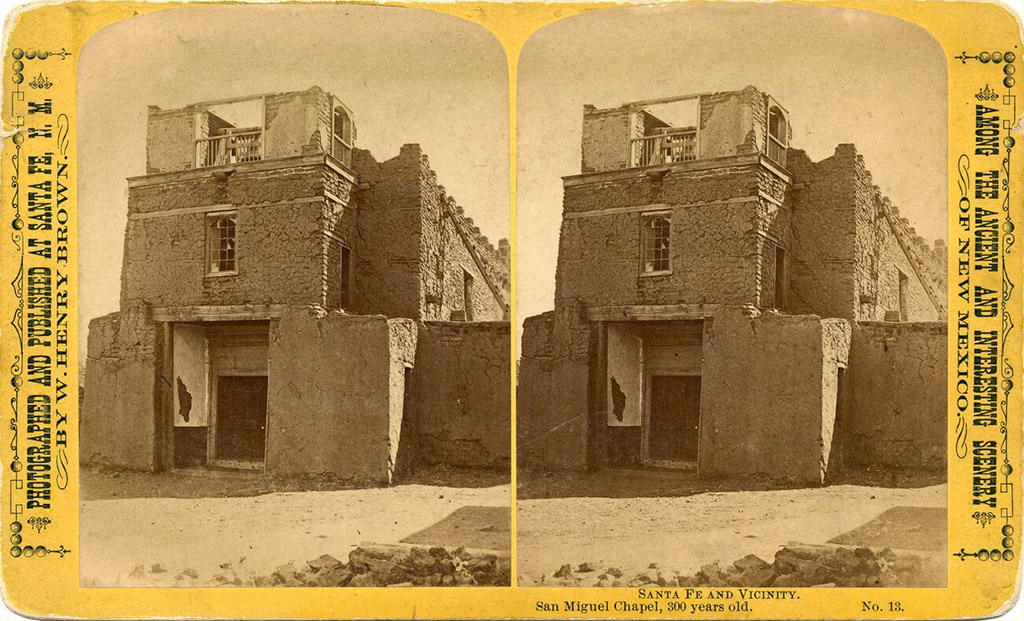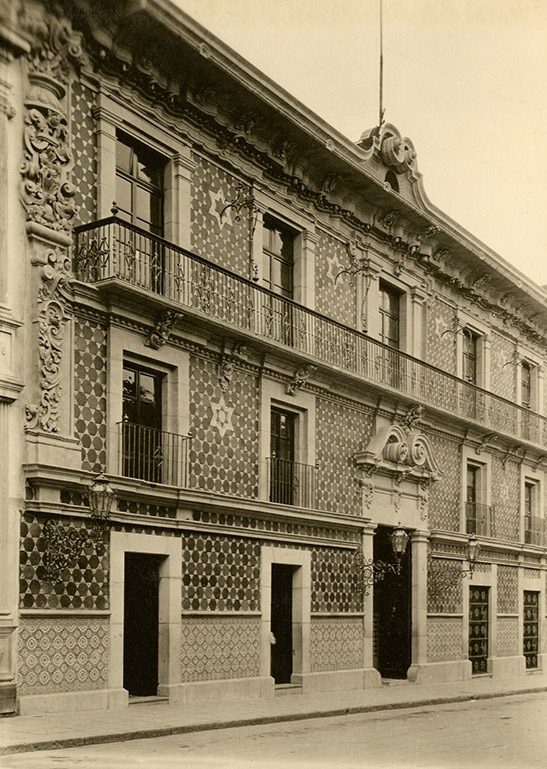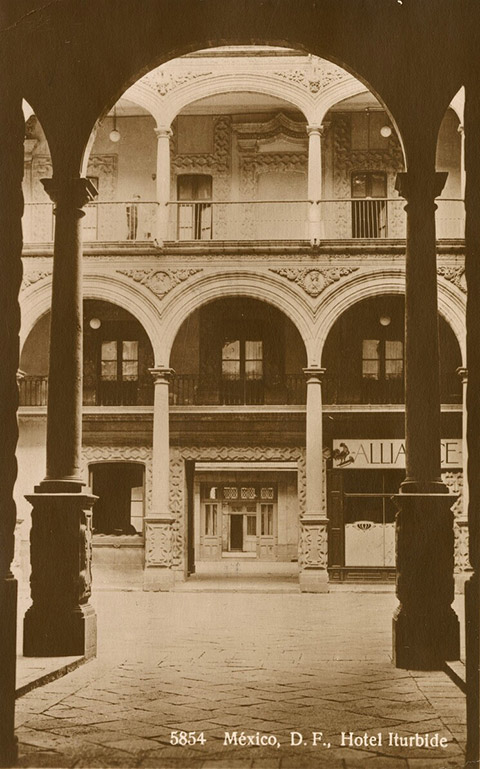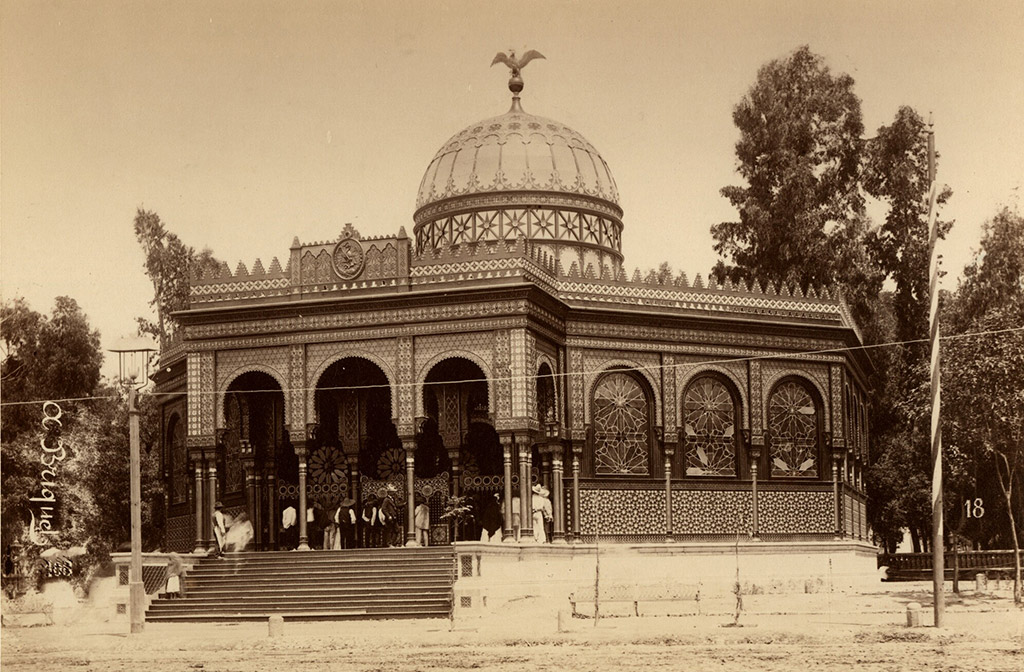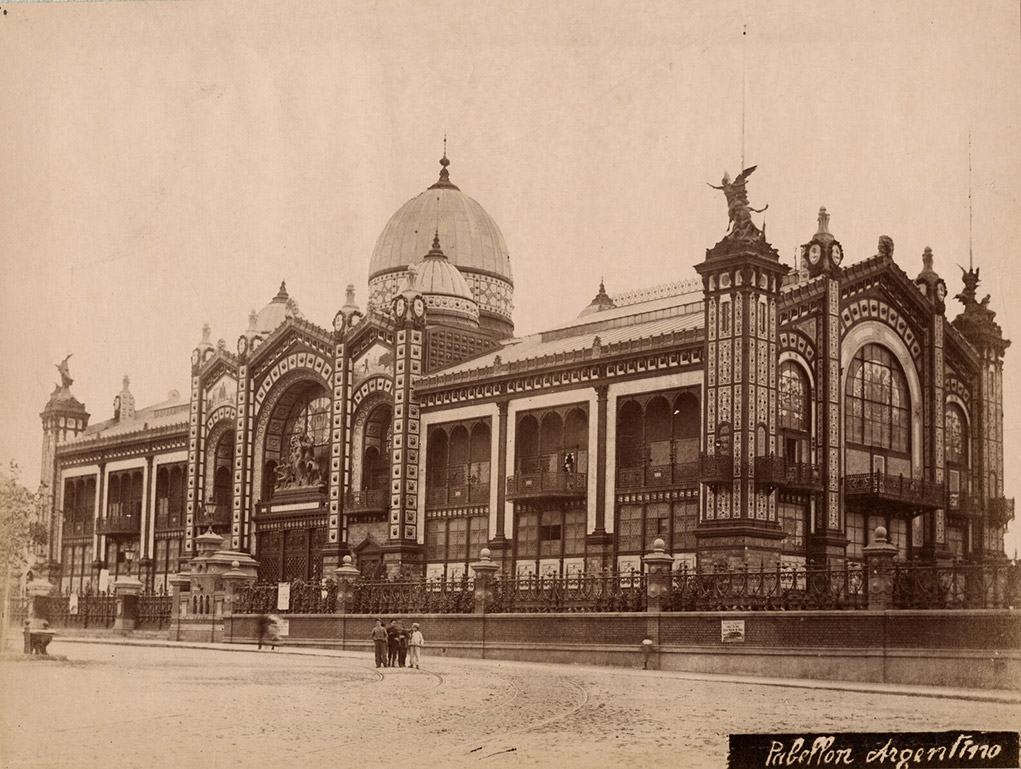Weekdays, 11:00 a.m.–4:30 p.m.
Across the globe, the early modern period (1450–1800) was a moment of dramatic and often violent transformation as people, objects, and ideas moved across seas and between cultures. In Latin America, this unprecedented circulation resulted in hybrid architecture that combined Indigenous and colonial traditions.
Nearly 40 prints, rare books, postcards, maps, and photographs exhibited here, from the National Gallery of Art Library, document the buildings that resulted from this exchange. They show how architects, patrons, and the ordinary people who used structures like Mexico City’s towering Metropolitan Cathedral or the imposing temples of Tikal, in modern-day Guatemala, radically altered the built environment, creating new styles and forms. These works also point to the way that people used buildings to define Latin America as a cultural and political space in the centuries between European colonization and the independence movements of the 19th century.
